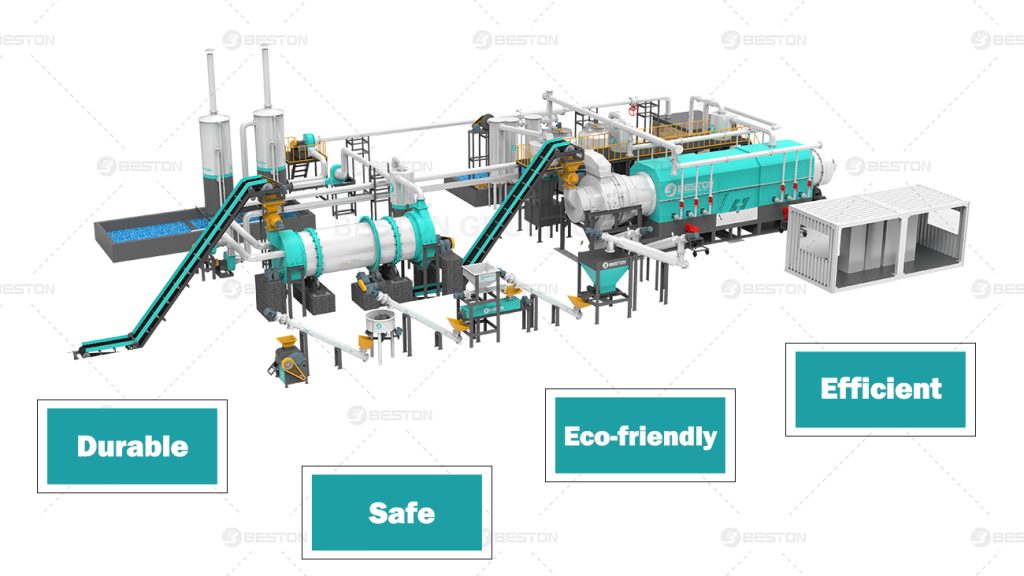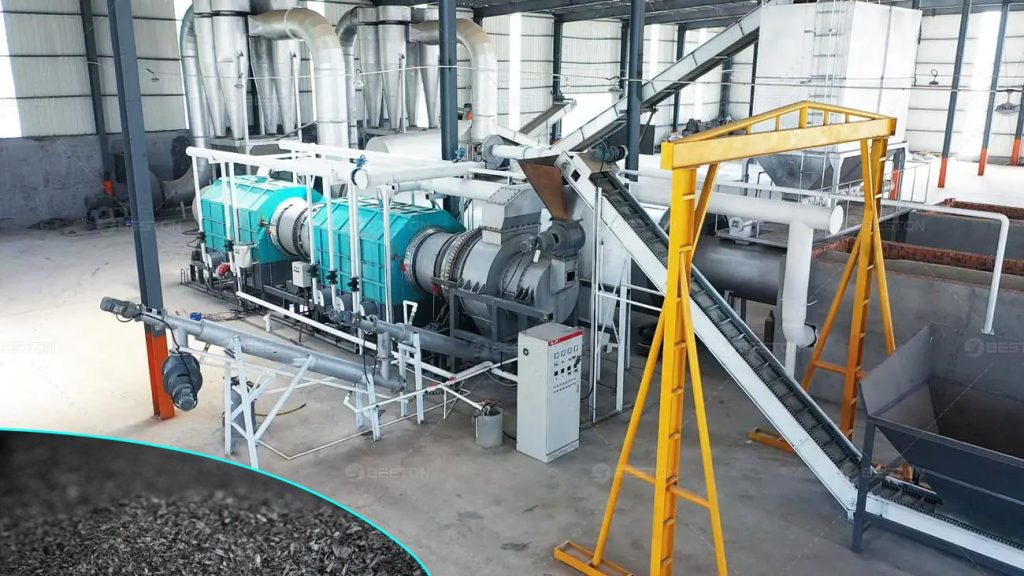Why Charcoal Machines Have So Many Names: The Origin of Each Name
The charcoal machine, a versatile and essential tool for transforming organic waste into valuable products, is known by various names across industries. Each name reflects a different aspect of its function, application, or the type of technology used. In this article, we’ll explore why the charcoal machine has multiple names, such as charcoal machine, biomass carbonization machine, and biochar pyrolysis equipment, and the origin behind each term.
1. Charcoal Machine: Traditional Roots in Charcoal Production
The name charcoal machine has its origins in the most straightforward description of what the machine produces—charcoal. This term dates back centuries when traditional methods were used to turn wood and other organic materials into charcoal, typically for fuel or industrial purposes. With the advancement of technology, machines were developed to automate the process and increase efficiency, making “charcoal machine” a fitting name for a device that continues this ancient practice.
Charcoal has historically been used in metallurgy, cooking, and as a heating fuel. As demand grew for cleaner and more efficient energy sources, manufacturers developed machines that could produce charcoal more consistently and on a larger scale. Thus, the term charcoal machine became popular as a generic description of this equipment, suitable for users familiar with traditional uses of charcoal.

2. Biomass Carbonization Machine: Focus on Sustainability
The name biomass carbonization machine reflects the machine’s role in converting biomass, such as agricultural waste, forestry residues, and other organic materials, into carbon-rich products. “Carbonization” refers to the process of heating organic materials in an oxygen-deprived environment to produce carbon-based products like charcoal. This name gained popularity as environmental concerns and sustainability became central themes in the modern energy sector.
Using the term “biomass” highlights the machine’s ability to recycle organic waste into usable energy, aligning with green energy and waste reduction initiatives. Biomass carbonization machines are favored in industries looking to minimize their carbon footprint by utilizing renewable resources to produce biochar, charcoal, or carbon-rich materials. As the focus shifted toward sustainable energy solutions, biomass carbonization machine became a widely adopted name to emphasize its eco-friendly applications.
3. Biochar Pyrolysis Equipment: Emphasizing Advanced Technology
The term biochar pyrolysis equipment emphasizes the advanced technological process of pyrolysis, which involves heating organic materials in the absence of oxygen to break them down into biochar, syngas, and bio-oil. This name is used primarily in scientific and industrial settings where the equipment’s capability to produce biochar is a critical feature.
Biochar is a form of charcoal that is particularly valued for its use in agriculture to improve soil health and sequester carbon, reducing greenhouse gas emissions. Pyrolysis, the process at the heart of this technology, allows for the efficient conversion of organic materials into biochar while capturing valuable by-products like syngas for energy. The term biochar pyrolysis equipment emerged as the environmental and agricultural benefits of biochar became more widely recognized, and the technology behind pyrolysis gained prominence.
This name also reflects the equipment’s advanced features, including its ability to operate at controlled temperatures and oxygen levels to maximize biochar production and minimize emissions. In academic and industrial circles, biochar pyrolysis equipment is often preferred for its precise description of the technology and its environmental significance.

Different Names, One Goal: Turning Waste into Value
Though the charcoal machine goes by many names—charcoal machine, biomass carbonization machine, and biochar pyrolysis equipment—the underlying purpose remains the same: to transform organic waste into valuable carbon-based products. The different terms simply highlight various aspects of the machine’s function, application, or the specific technology it uses.
Each name reflects a shift in focus as industries evolve, from traditional charcoal production to sustainable energy solutions, and finally, to advanced biochar technologies. Understanding the origin of these names can help us appreciate the versatility and importance of charcoal machines in today’s world.
Conclusion
The many names of the charcoal machine represent the diversity of its applications and the evolution of the technology. From the traditional charcoal machine used in fuel production to the environmentally focused biomass carbonization machine, and the technologically advanced biochar pyrolysis equipment, each name tells a story of innovation, sustainability, and the pursuit of turning waste into valuable resources. These machines play a crucial role in addressing waste management challenges, reducing emissions, and contributing to a circular economy. Don’t hesitate to reach out to Beston Group for further insights.